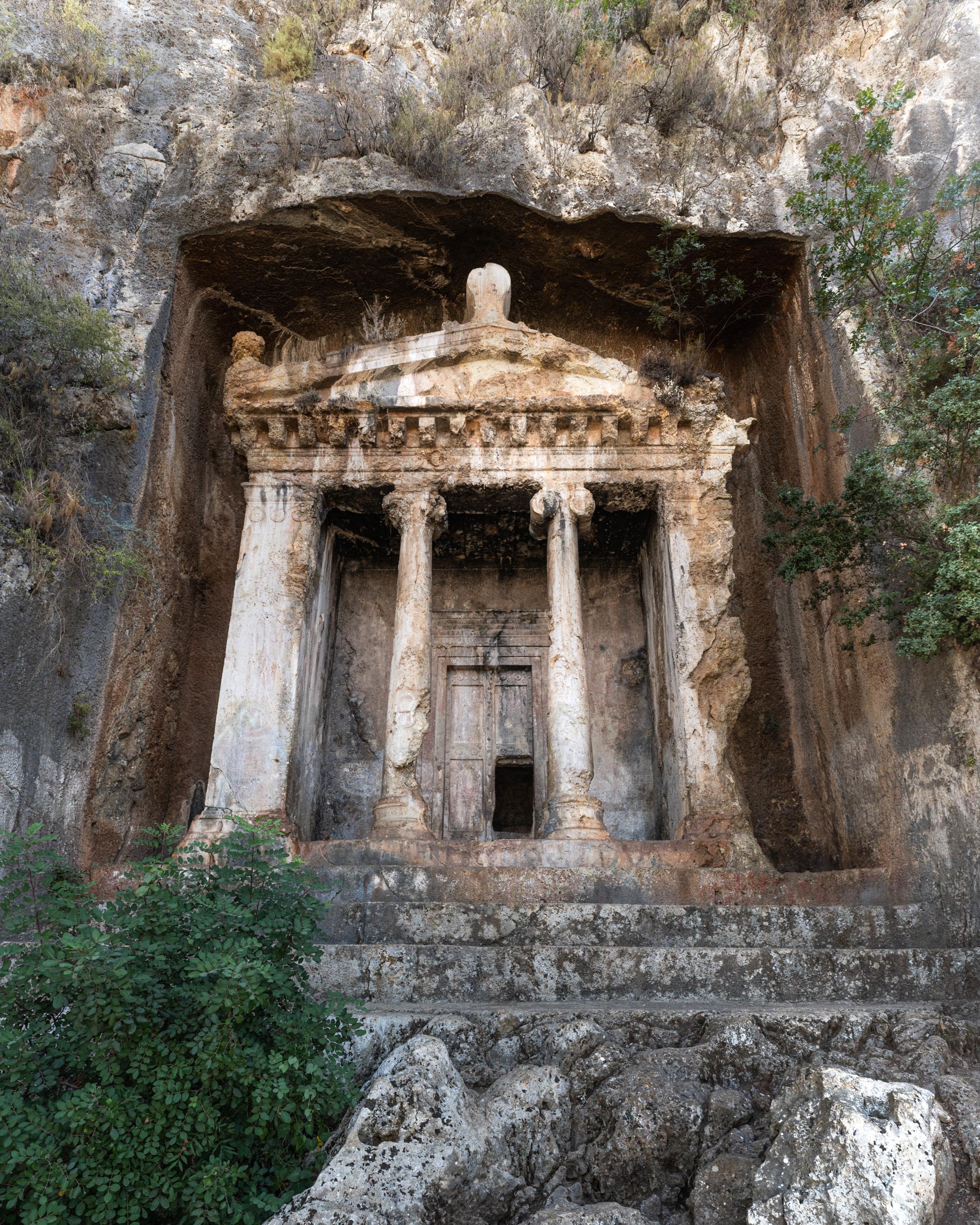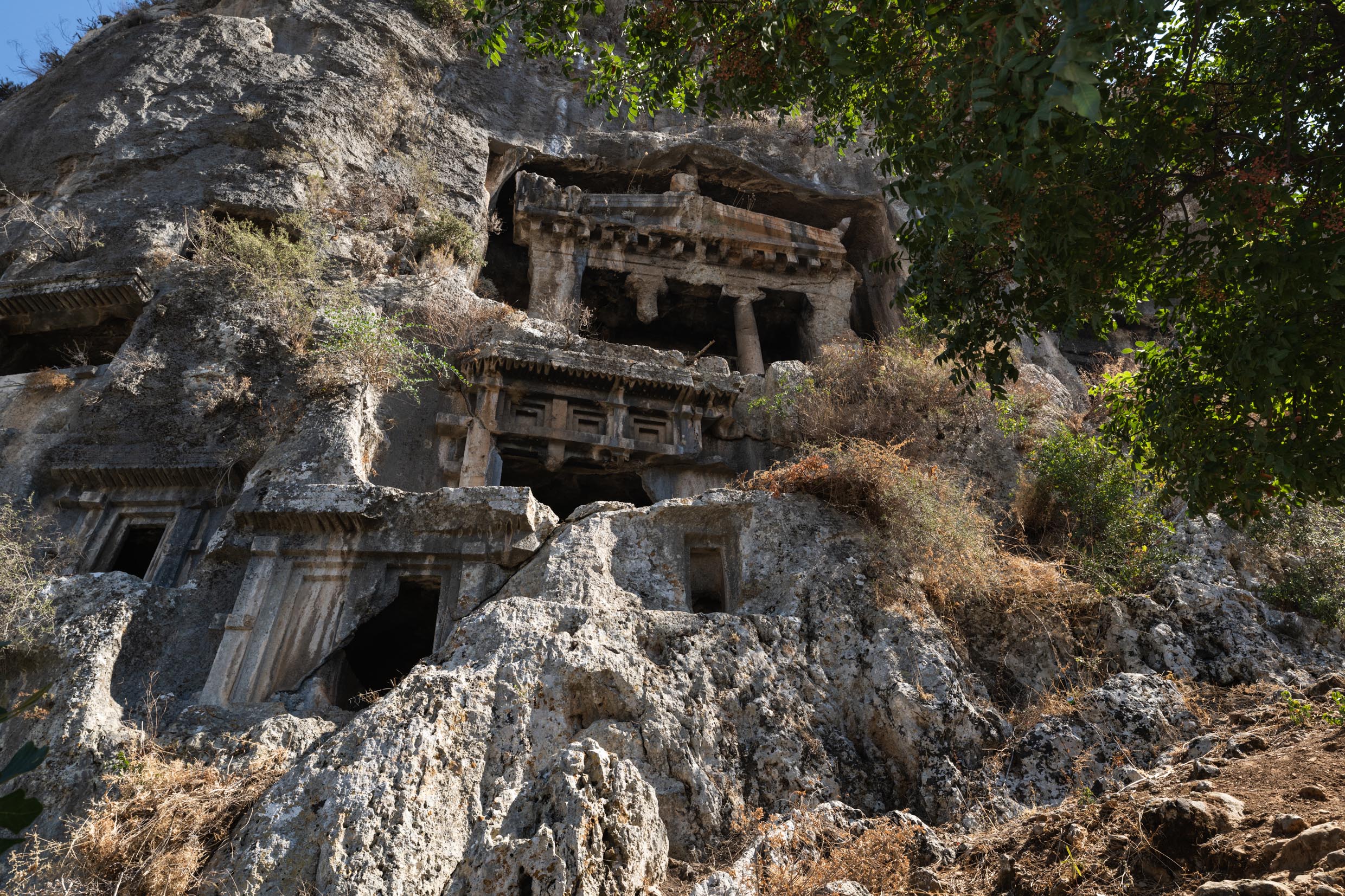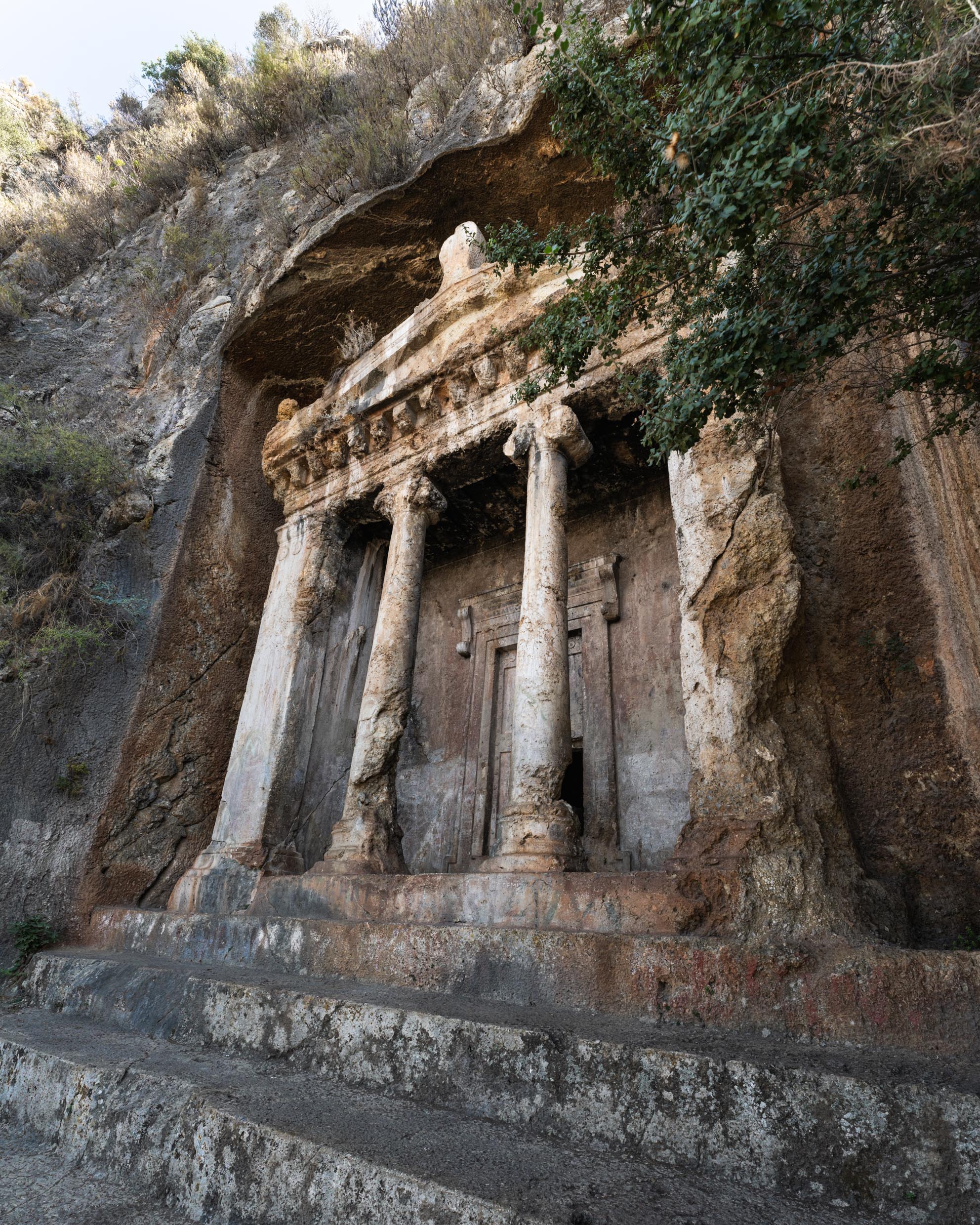The Lycian Rock Tombs, nestled into the cliffs of ancient Lycia in modern-day Turkey, are a fascinating piece of history. These tombs, dating from the 4th century BCE, provide insight into the life and beliefs of the Lycian people.
The Lycians were expert builders and engineers, carving these graves straight into the rock face, and constructing complex facades meant to imitate living houses. The graves are ornately carved and sculptured, showing scenes from everyday life as well as mythological figures.

The Lycian Rock Tombs were not only impressive architectural feats, but they also played a significant role in the Lycian people's religious beliefs. The tombs were thought to be the gateway to the afterlife, and they were frequently brimming with offerings for the deceased. The Lycians believed that the souls of their loved ones would continue to live on in these tombs, so they took great care to keep them well-maintained and protected.
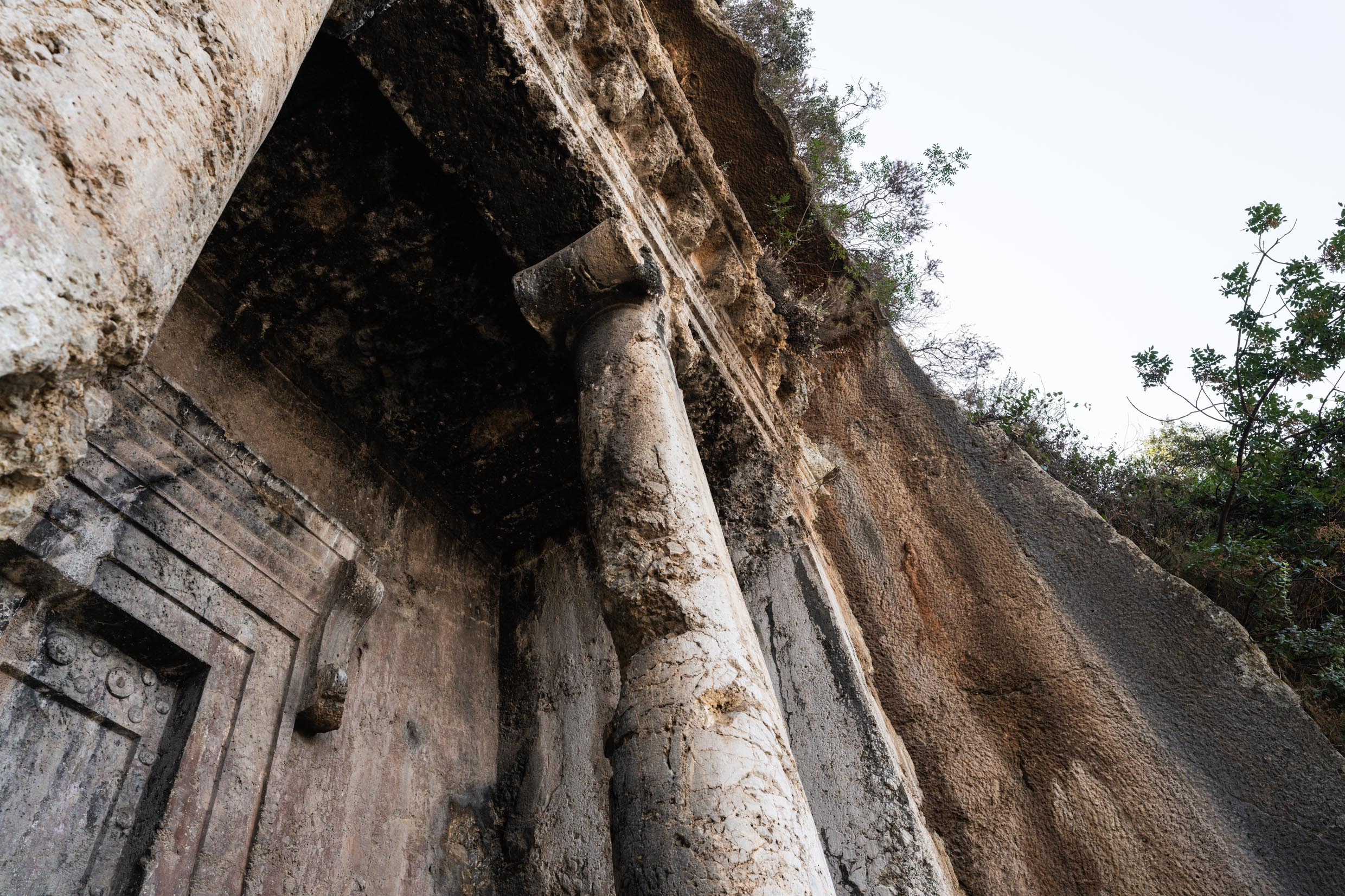
However, as time passed, the Lycian culture was gone, and the graves were abandoned and forgotten. It wasn't until the nineteenth century that the tombs were uncovered by western travelers, and the world knew of their presence. The graves have subsequently been unearthed and repaired, and they now serve as a tribute to the Lycian people's rich history and culture.
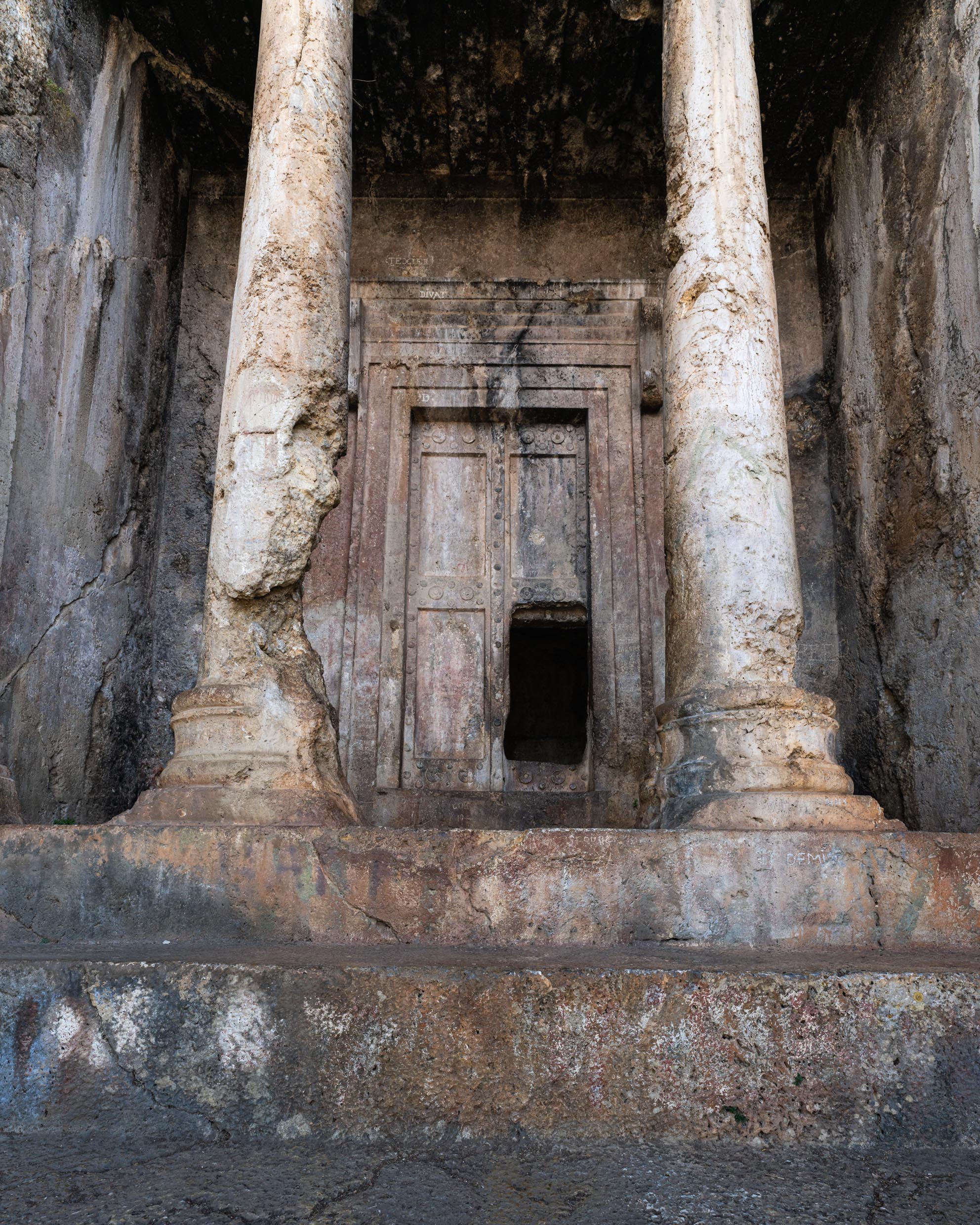
The story of the Lycian Rock Tombs serves as a reminder of the transient nature of human civilization and the need of conserving our history and cultural legacy. It demonstrates how building and engineering may be used to convey religious views, and how the afterlife was an important aspect of ancient culture. It's a story about life, death, and preservation, and it's one worth experiencing. Visit this wonderful place.
